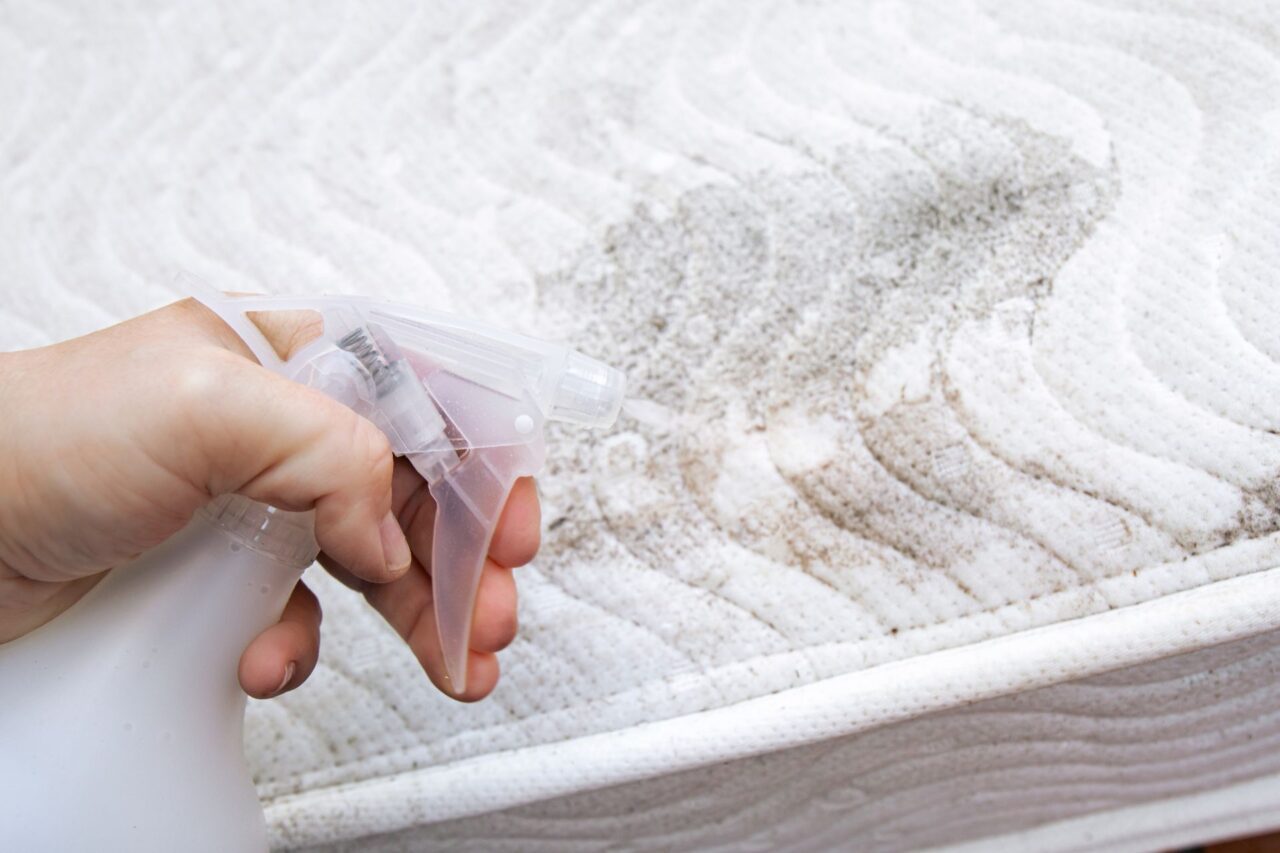Introduction
In today’s hygiene-conscious world, selecting the right disinfectant is paramount. The market offers a plethora of options, but two stand out: Hypochlorous Acid and Alcohol. Understanding their nuances is crucial to making an informed decision. Let’s delve deeper into this crucial choice.

Overview of Disinfectants
Disinfectants are chemicals designed to eliminate harmful pathogens from surfaces, thus reducing the risk of infections. They play a vital role in maintaining cleanliness in various settings, from households to healthcare facilities.
Understanding Disinfectants
Hypochlorous Acid vs Alcohol
In the realm of disinfectants, Hypochlorous Acid (HOCl) and Alcohol are among the most widely used. Each possesses distinct properties and applications, making them suitable for different scenarios.
Properties of Hypochlorous Acid
Hypochlorous Acid, a weak acid formed from chlorine and water, demonstrates potent antimicrobial properties. Its ability to disrupt bacterial cell walls and neutralize viruses makes it an effective disinfectant.
Properties of Alcohol
Alcohol, typically in the form of ethanol or isopropyl alcohol, is renowned for its rapid antimicrobial action. It denatures proteins in microorganisms, leading to their swift eradication from surfaces.
Efficacy Comparison
When comparing the efficacy of Hypochlorous Acid and Alcohol, several factors come into play. While both are effective against a broad spectrum of pathogens, their modes of action and persistence on surfaces differ.
Safety Considerations
Handling and Storage
Proper handling and storage of disinfectants are paramount to ensure their efficacy and safety. Follow manufacturer guidelines diligently to mitigate risks associated with misuse.
Potential Risks
Despite their effectiveness, both Hypochlorous Acid and Alcohol pose certain risks if mishandled. From skin irritation to environmental hazards, understanding these risks is crucial for safe usage.
Practical Applications
Understanding the practical applications of Hypochlorous Acid and Alcohol is essential for deploying them effectively in various settings.
Best Practices
Adhering to best practices ensures optimal outcomes when using disinfectants. From dilution ratios to contact times, following recommended protocols is key.
Limitations and Alternatives
While Hypochlorous Acid and Alcohol excel in many scenarios, they might not be suitable for every situation. Exploring alternative disinfectants can provide solutions where these two fall short.

Conclusion
In the realm of disinfectants, the choice between Hypochlorous Acid and Alcohol boils down to efficacy, safety, and practicality. By understanding their properties and applications, you can make an informed decision to safeguard your environment effectively.
FAQs
- What are the main differences between Hypochlorous Acid and Alcohol?
- How do I determine which disinfectant is suitable for my needs?
- Are there any safety precautions I should take when using Hypochlorous Acid or Alcohol?
- Can I mix Hypochlorous Acid with other cleaning agents?
- What are some common misconceptions about disinfectants?
- How long do the effects of Hypochlorous Acid and Alcohol last on surfaces?




